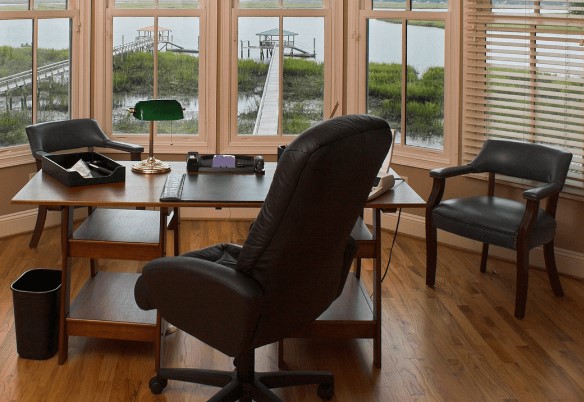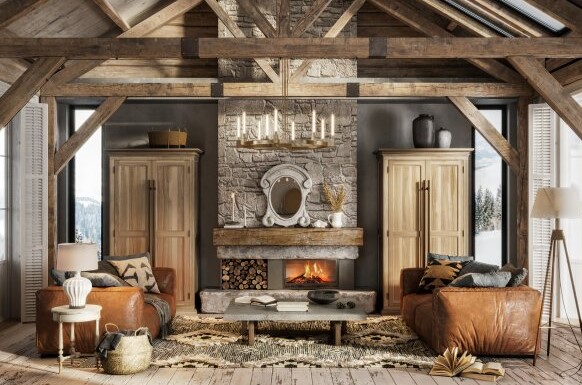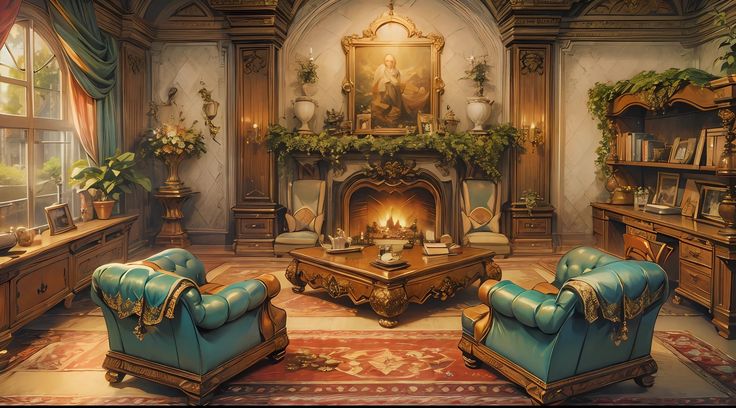Top 7 Features of a Modern Home Design You Can’t Miss
Top 7 Features of a Modern Home Design You Can’t Miss – Modern home design has evolved into a blend of functionality, sustainability, and aesthetic appeal, catering to the demands of contemporary lifestyles. Whether you’re renovating your existing home or planning a new one, incorporating these key features can elevate your living space to meet modern standards. Here’s a look at the top 7 features of a modern home design that you simply can’t miss.

1. Open-Concept Layouts
One of the hallmarks of modern home design is the open-concept layout, which eliminates unnecessary walls and partitions to create seamless transitions between spaces.
Why It’s Essential:
- Promotes natural light flow, making interiors feel brighter and more spacious.
- Encourages interaction among family members and guests, especially in combined kitchen, dining, and living areas.
- Increases flexibility for multifunctional spaces, like using the dining area as a workspace.
To enhance the open layout, consider large windows or glass doors that connect indoor and outdoor spaces for a fluid experience.
2. Energy Efficiency
Sustainability is at the forefront of modern home design, and energy efficiency plays a critical role. Homeowners are prioritizing features that reduce environmental impact while cutting utility costs.
Key Elements:
- Energy-efficient windows with double or triple glazing.
- LED lighting that consumes less electricity and lasts longer.
- Smart thermostats that optimize heating and cooling systems based on usage patterns.
Investing in solar panels or green roofing solutions can further enhance your home’s energy efficiency and appeal.
3. Smart Home Technology
Technology integration is a must-have in today’s modern homes. Smart devices not only offer convenience but also improve security and energy management.
Popular Smart Features:
- Voice-controlled assistants like Alexa or Google Assistant to manage lighting, appliances, and entertainment systems.
- Smart locks and video doorbells for enhanced security.
- Automated lighting and blinds that adjust according to the time of day or user preferences.
These technologies not only make your home future-ready but also increase its market value.
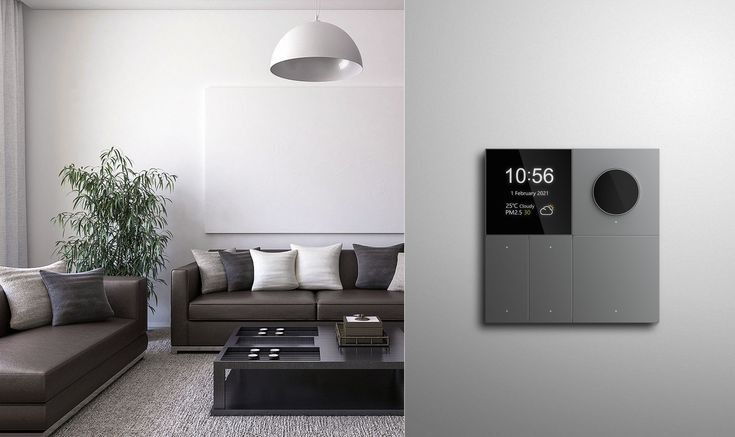
4. Minimalist Aesthetic
The mantra of modern design is “less is more.” A minimalist approach emphasizes simplicity, clean lines, and a clutter-free environment.
Design Tips:
- Stick to a neutral color palette like whites, grays, or beiges for a timeless look.
- Use multifunctional furniture, such as ottomans with storage or wall-mounted desks.
- Opt for built-in shelving and concealed storage solutions to keep surfaces clear.
The minimalist aesthetic creates a calming atmosphere, perfect for relaxation and productivity.
5. Indoor-Outdoor Connection
Modern homes increasingly blur the lines between indoor and outdoor living, creating harmonious environments that embrace nature.
Ideas to Incorporate:
- Install floor-to-ceiling glass doors that open up to patios or gardens.
- Create outdoor living areas with comfortable seating, fire pits, or even outdoor kitchens.
- Use natural materials like wood and stone indoors to reflect the exterior environment.
This feature not only enhances aesthetic appeal but also promotes better mental and physical well-being.
6. Sustainable Materials
Incorporating eco-friendly materials is another cornerstone of modern design. Beyond being environmentally responsible, sustainable materials offer unique textures and visual appeal.
Examples:
- Reclaimed wood for flooring, cabinetry, or accent walls.
- Bamboo for furniture or flooring due to its rapid growth and durability.
- Recycled metal or glass for decorative elements and fixtures.
These materials ensure a unique design while reducing the carbon footprint of your home.
7. Flexible Spaces
Modern living demands flexibility, as families require spaces that can adapt to changing needs.
Key Features:
- Home offices for remote work or study areas for children.
- Convertible guest rooms with fold-out beds or multipurpose furniture.
- Workout areas or yoga studios in underutilized corners or spare rooms.
Designing spaces that can serve multiple purposes ensures your home remains functional as your lifestyle evolves.

Final Thoughts
A modern home design combines beauty, functionality, and sustainability. By embracing open layouts, energy efficiency, smart technology, and eco-friendly materials, you can create a living space that aligns with current trends and your personal needs. Whether you’re renovating or building from scratch, these 7 features are essential for a stylish and practical modern home.
When planning your modern home, consult with designers and contractors to ensure that your vision aligns with structural possibilities and budget constraints. Incorporating these features will not only enhance your quality of life but also increase your home’s value for years to come.
Embrace the future of living by designing a home that truly reflects your modern lifestyle!
How to Implement These Features in Your Home
Now that we’ve outlined the top features of modern home design, let’s dive deeper into how you can practically implement them. Whether you’re taking a DIY approach or hiring professionals, careful planning and execution will ensure your home is both functional and stylish.
Integrating an Open-Concept Layout
Transforming a traditional layout into an open-concept space often requires removing walls or structural barriers. Here are steps to make it happen:
- Consult a structural engineer to determine which walls can be removed without compromising your home’s integrity.
- Focus on unifying flooring materials to create a seamless flow between rooms.
- Use strategic furniture placement, such as sectional sofas or kitchen islands, to define distinct zones without physical barriers.
Adding mirrors or light-colored paints can amplify the sense of openness, making your space feel even larger.
Elevating Energy Efficiency
Making your home energy-efficient doesn’t have to happen all at once. Start small and scale up over time:
- Replace older appliances with Energy Star-rated models.
- Seal windows and doors to minimize heat loss and improve insulation.
- Install smart energy monitors to track consumption and identify areas for improvement.
Long-term upgrades like solar panel installation can provide significant savings on energy bills while increasing your property value.
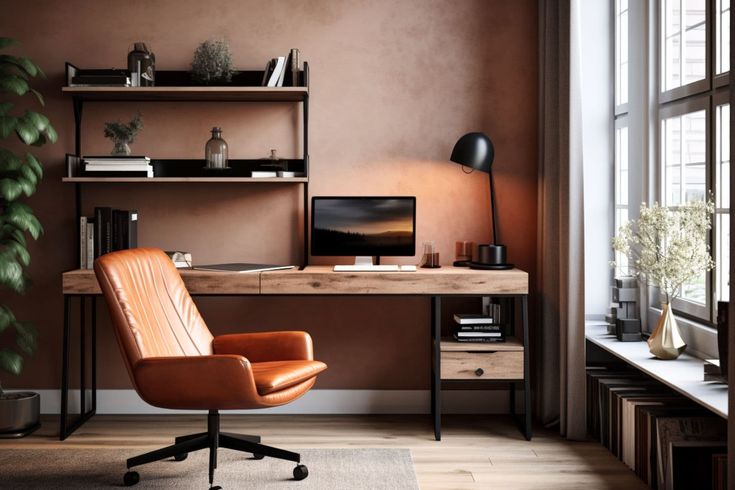
Choosing the Right Smart Home Devices
With the plethora of smart devices available, choosing the right ones for your needs can be daunting. Here’s how to narrow it down:
- Prioritize systems that are compatible with each other (e.g., a smart thermostat that works with your home assistant).
- Opt for devices that enhance security and convenience, such as smart cameras and programmable lighting systems.
- Consider future-proofing your home by wiring it for additional upgrades like home automation hubs.
When implementing smart technology, ensure your Wi-Fi network is robust enough to handle multiple devices simultaneously.
Achieving Minimalist Elegance
To create a truly minimalist home, focus on functionality and quality over quantity:
- Invest in timeless furniture pieces with clean lines and durable materials.
- Declutter ruthlessly; if something isn’t functional or meaningful, it doesn’t belong.
- Use texture—such as a wool rug or linen curtains—to add warmth to neutral spaces without overwhelming them.
Minimalism doesn’t mean stark or boring; it’s about creating a purposeful environment that feels both cozy and uncluttered.
Enhancing Indoor-Outdoor Living
Modern design thrives on connecting your home with nature. Here are a few ways to seamlessly merge your interiors with the outdoors:
- Add biophilic elements, such as vertical gardens or indoor plants, to bring a touch of greenery inside.
- Install retractable glass doors that fully open to patios or decks.
- Use outdoor-friendly materials like weatherproof furniture to ensure durability without compromising on style.
Consider incorporating water features or soft outdoor lighting to create a serene and inviting atmosphere.
Sustainable Choices for Every Room
Going green is not only eco-conscious but also adds character to your home. Here’s how to make sustainable choices in each area:
- Kitchen: Use recycled glass countertops or cabinets made from reclaimed wood.
- Bathroom: Opt for low-flow fixtures and tiles made from recycled materials.
- Living Room: Choose natural fibers for rugs, curtains, and upholstery.
Sustainability extends beyond materials; prioritize local sourcing to reduce your carbon footprint and support nearby artisans.
Designing for Flexibility
Flexibility is key to modern living. Tailor your home to meet your lifestyle:
- Use modular furniture like sectional sofas or stackable chairs for adaptability.
- Install murphy beds in guest rooms to transform them into office spaces when needed.
- Incorporate movable partitions to create privacy in open-concept spaces when required.
Think long-term: as your family grows or your lifestyle changes, these flexible spaces will adapt with ease.
Budgeting for Modern Home Features
While modern home design can be an investment, there are ways to manage costs without sacrificing quality:
- Prioritize upgrades that offer long-term savings, like energy-efficient windows or smart thermostats.
- Consider phased renovations, focusing on one room or feature at a time.
- Look for government incentives or rebates for sustainable upgrades, such as solar panels or efficient appliances.
Working with a designer or contractor? Be upfront about your budget and expectations to avoid surprises down the road.
The Future of Modern Home Design
As trends evolve, modern home design continues to embrace new technologies and sustainable practices. Future-forward features like electric vehicle charging stations, renewable energy storage systems, and modular home extensions are becoming increasingly popular.
By staying informed about these trends, you can make decisions today that ensure your home remains stylish and functional for years to come.
Conclusion
Modern home design isn’t just about aesthetics; it’s about creating a space that aligns with your values, lifestyle, and future needs. From open layouts to energy efficiency, these features provide the perfect foundation for a comfortable and sustainable living environment.
Whether you’re building from scratch or renovating an existing property, incorporating these elements will transform your home into a haven of modern living. So, which feature will you prioritize in your next project?

